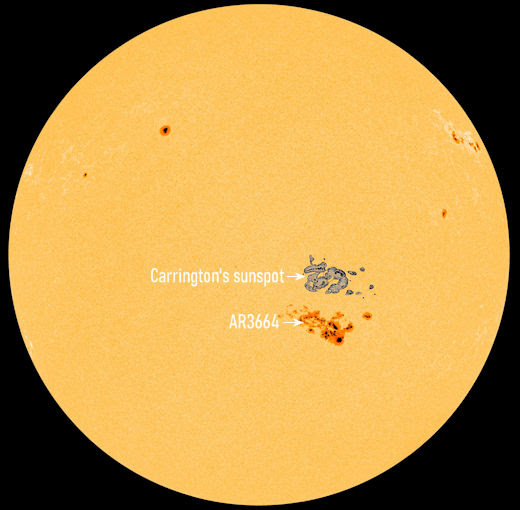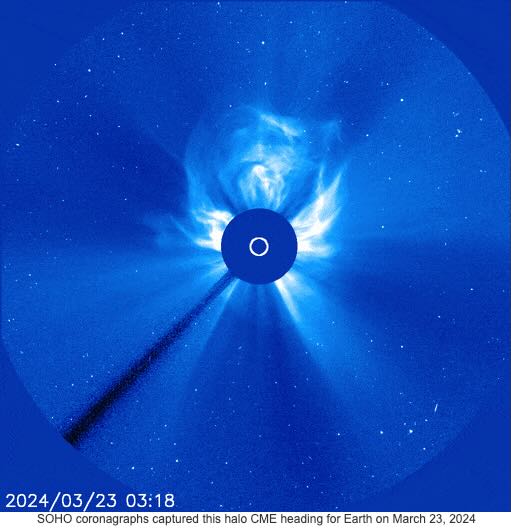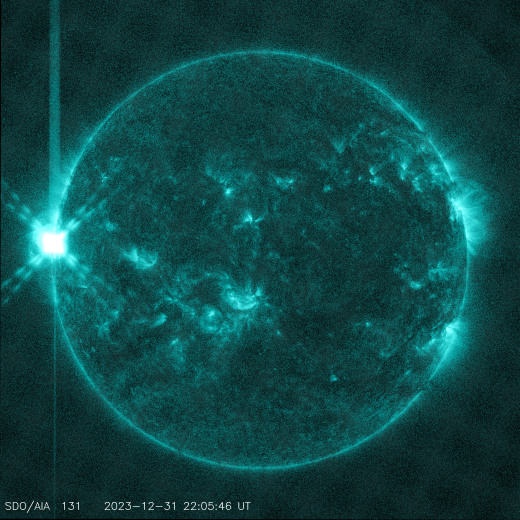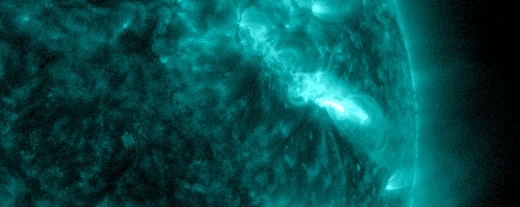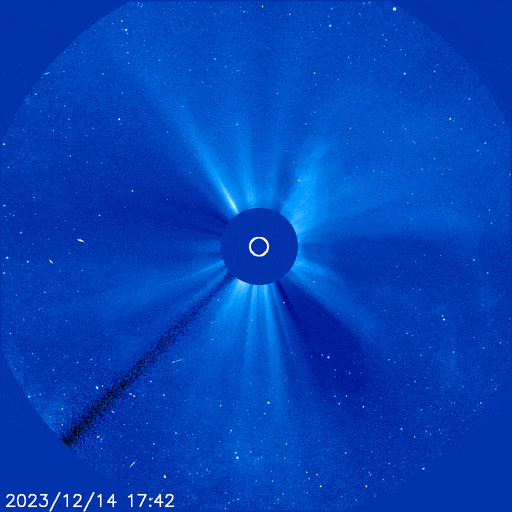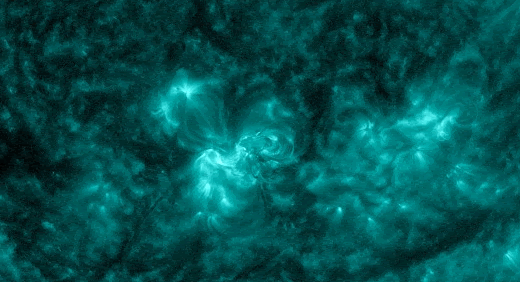Many thanks to SWLing Post contributor Troy Riedel, who shares the following news courtesy of the excellent SpaceWeather.com site:
THE SUN IS FLARING AGAIN: Sunspot AR3947 is sizzling with activity. Since yesterday it has produced three X-class solar flares and multiple strong M-flares. NOAA’s GOES-16 satellite recorded the extreme ultraviolet and X-ray flashes:
Each flare has produced a shortwave radio blackout on Earth. Almost all longitudes of our planet have experienced intermittent loss of signal below 20 MHz during local daylight hours. Long-distance propagation has been very unreliable.
Remarkably, no significant CMEs have emerged. For some reason, these explosions have not lifted much material out of the sun’s atmosphere. Future blasts may behave differently, however, and the activity shows no sign of abating as the sunspot turns toward Earth.


